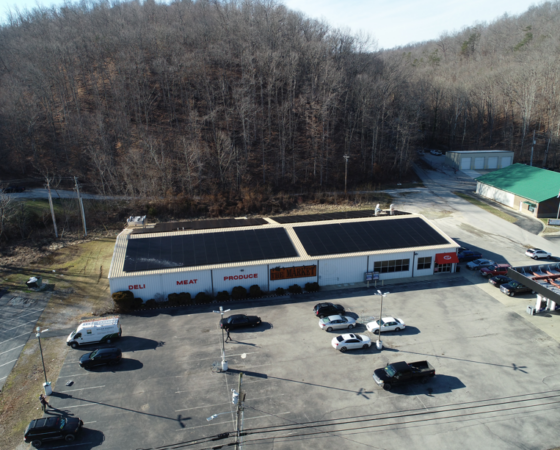An important new study released this week paints a startling picture of the trajectory of coal in Central Appalachia, and makes a strong case for the need to begin planning for the transition that is already upon us.
The Decline of Central Appalachian Coal and the Need for Economic Diversification, authored by Downstream Strategies, points out that regional coal production peaked about 1997, and current official projections suggest possible declines of around 46% between 2008 and 2020.
The authors cited three primary factors for the decline of coal in Central Appalachia:
Increased competition from other coal-producing regions and sources of energy
Western coal has captured market share from Central Appalachian coal because it is cheaper to mine and more abundant, and because the cost to transport it has declined. In addition, more power plants are now buying high-sulfur coal from places like northern Appalachia—instead of Central Appalachian low-sulfur coal–as they install scrubbers to meet federal clean air requirements. And alternative sources like natural gas and renewable energy are increasingly price-competitive with coal and, especially in the case of renewable energy, popular with the public because they are cleaner and healthier.
Depletion of the most accessible, lowest-cost coal resources.
Central Appalachian coal is increasingly expensive to mine as thick seams of coal in the region become scarce. The authors convincingly examine this issue by comparing trends in Central Appalachian coal prices with trends in labor productivity—at the same time coal prices have gone up, the tons of coal produced per miner have gone down.
Regulatory changes associated with including more of the true costs of coal in its price.
The coal industry has and will face rules and regulations that address its impact on the air, water and land, including restrictions on the carbon emissions that create climate change, other pollutants associated with coal-fired power and restrictions on mountaintop removal mining.
The report concludes:
Given the numerous challenges working against any substantial recovery of the region’s coal industry, and that production is projected to decline significantly in the coming decades, the diversification of Central Appalachian economies is now more critical than ever. State and local leaders should support new economic development across the region, especially in the rural areas set to be the most impacted by a sharp decline in the region’s coal economy. As Senator Robert C. Byrd pointed out, “West Virginians can choose to anticipate change and adapt to it, or resist and be overrun by it. The time has arrived for the people of the Mountain State to think long and hard about which course they want to choose.” (Byrd, 2009). The same is true for all of Central Appalachia.





